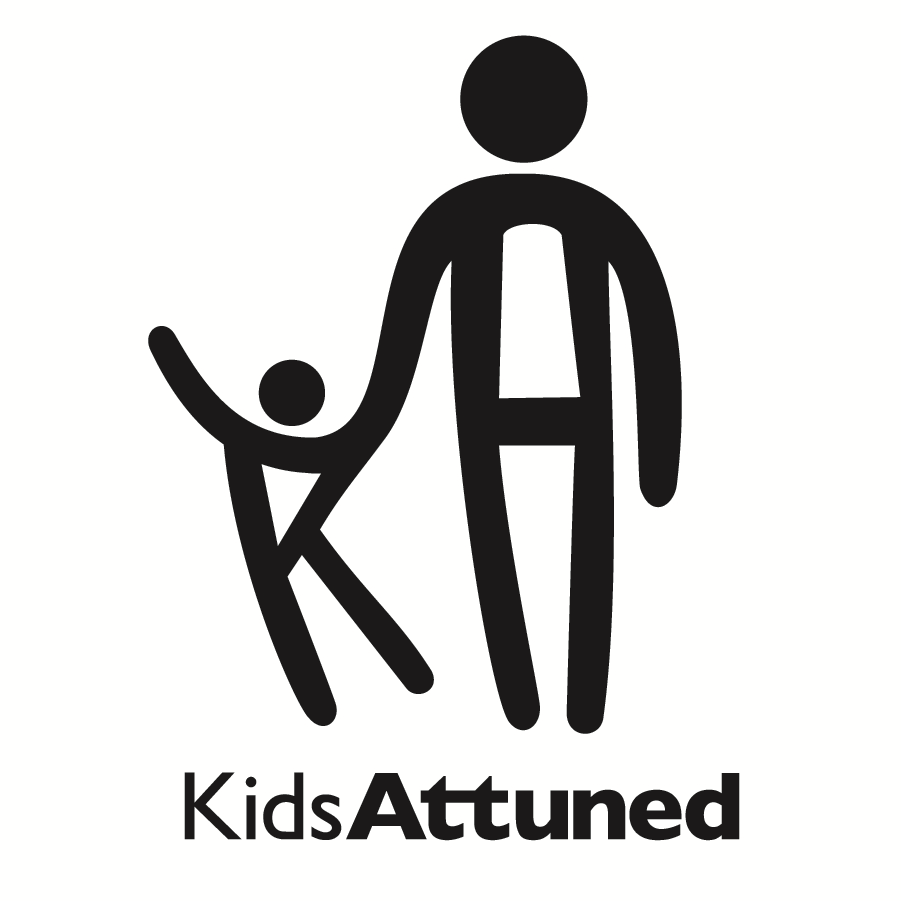| 5 Parts |
| 1. Developmental Models for Assessment and Intervention
By: By: Sima Gerber, Ph.D. C.C.C., 3/12/2014, 0 views 2m 9s duration |
 |
| The four models of language development, Bloom and Lahey, Bloom and Tinker, Social Pragmatics, and DIR are used to develop assessment and intervention processes for working with young children with delays and differences in the development of language. The goals and strategies of language intervention in the developmental model are based on typical development, adjusted for each child’s learning style. The developmental therapist is committed to using the child’s spontaneous, self-initiated actions as the basis of learning. Watch how the developmental model informs Dr. Gerber as she begins to assess 2 year old Emma. | |
| 2. Emma’s Assessment
By: By: Sima Gerber, Ph.D. C.C.C., 3/12/2014, 0 views 10m 56s duration |
 |
| Emma shows challenges with shared attention, shared intentions, responses to others, and reciprocal engagement. The therapist attunes with Emma’s natural interests, her rhythms and vocalizations to assess what it takes to engage Emma. The therapists show their work with her to reveal challenges with effort. She has difficulties interpreting the language of others, expressing herself, learning about the world, responding emotionally and interacting with others. | |
| 3. Emma’s Intervention: Engagement (Section A)
By: By: Sima Gerber, Ph.D. C.C.C., 3/12/2014, 0 views 11m 31s duration |
 |
| Emma’s challenges with Engagement, which include shared attention, shared intentions and reciprocity, are demonstrated in this video in several stages: prior to intervention, in comparison to typical patterns of development, and during early stages of intervention. | |
| 4. Emma’s Intervention: Engagement (Section B)
By: By: Sima Gerber, Ph.D. C.C.C., 3/12/2014, 0 views 15m 59s duration |
 |
| During later stages of intervention the therapists continue to work on more complex engagement. Once Emma develops sufficient resources for engagement, the therapists begin to attend to aspects of production, gesture and gaze. | |
| 5. Emma’s Intervention: Comprehension
By: By: Sima Gerber, Ph.D. C.C.C., 3/12/2014, 0 views 18m 51s duration |
 |
| Comprehension was addressed simultaneously with the work on engagement. This work focused on Emma’s understanding of language and non-linguistic communication. Development of comprehension serves as a foundation for the production of language. In this segment you will see Emma learn that language is meaningful. She begins to tune in to words. Goals for comprehension are outlined and intervention in support of each goal is demonstrated. In a developmental model the clinician addresses the goals in a context that is child directed. The child’s natural interests form the activities of the intervention, demonstrating the important principle of working from the contents of the child’s mind. Intervention is devoted to comprehension alone so that the clinician doesn’t overload Emma’s resources for language development by simultaneously asking for production. | |
Enter the text or HTML code here
